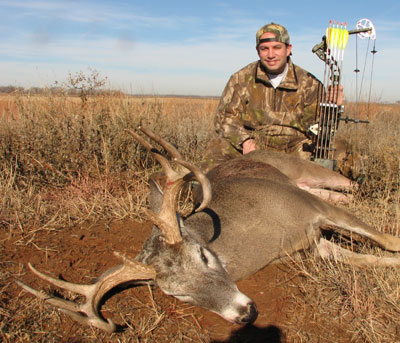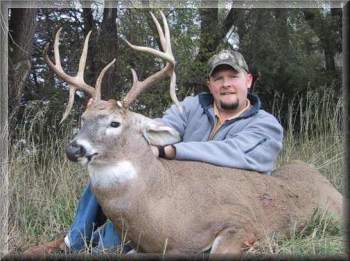
The rifle whitetail action in north-central Kansas continued to be slow but steady through the first full weekend of the season. The hunters and outfitters of Washington County, Kansas continue to be largely frustrated in finding the big bucks that this country is known for, although a handful of really nice bucks have shown up in the back of pickups at the local diner around lunch time. The freezing rain that fell across much of the state on saturday morning dried up within 24 hours or so, making dirt roads passable again. Even with access restored, there was still pretty little shooting going on. Continue reading Whitetails Still Rutting in Kansas
